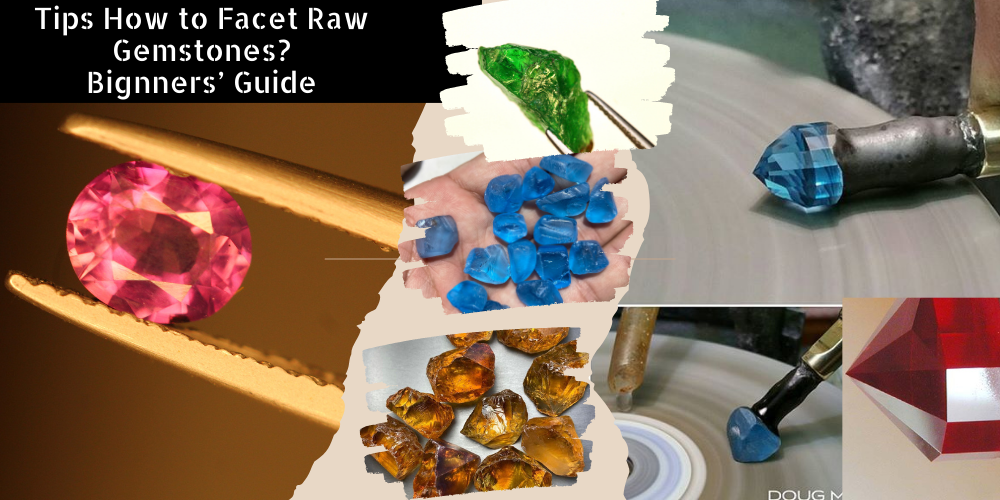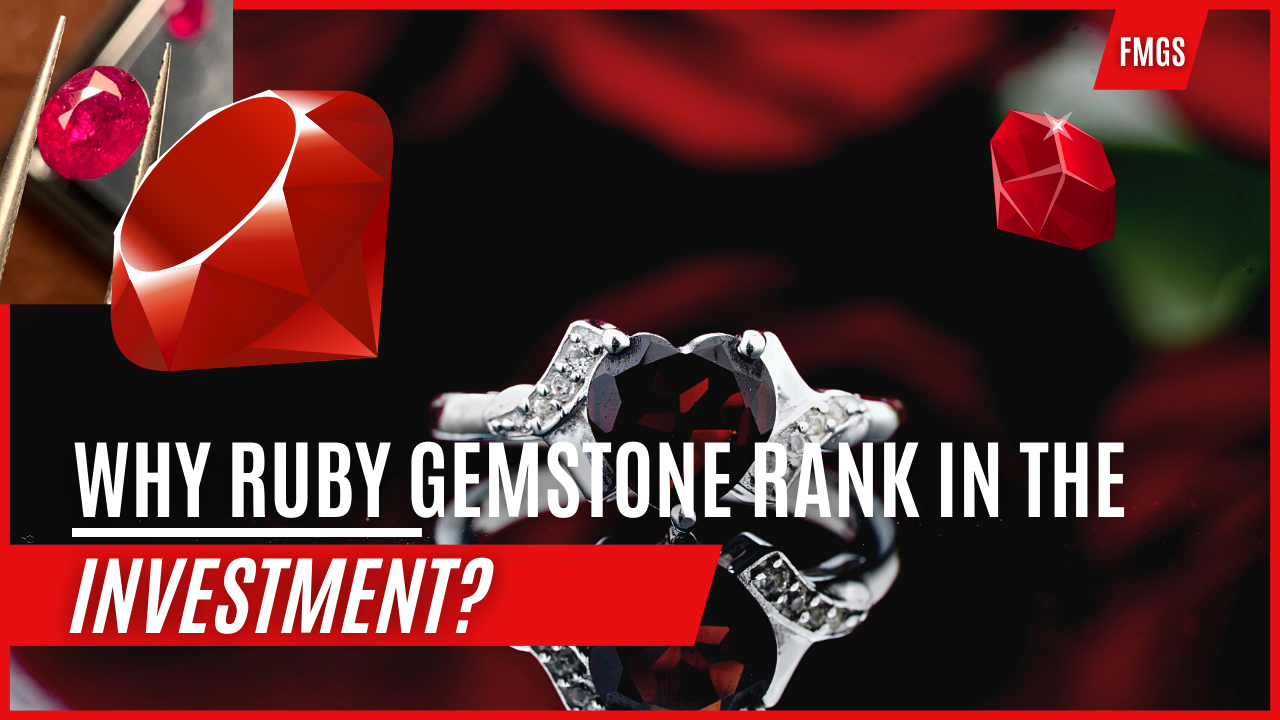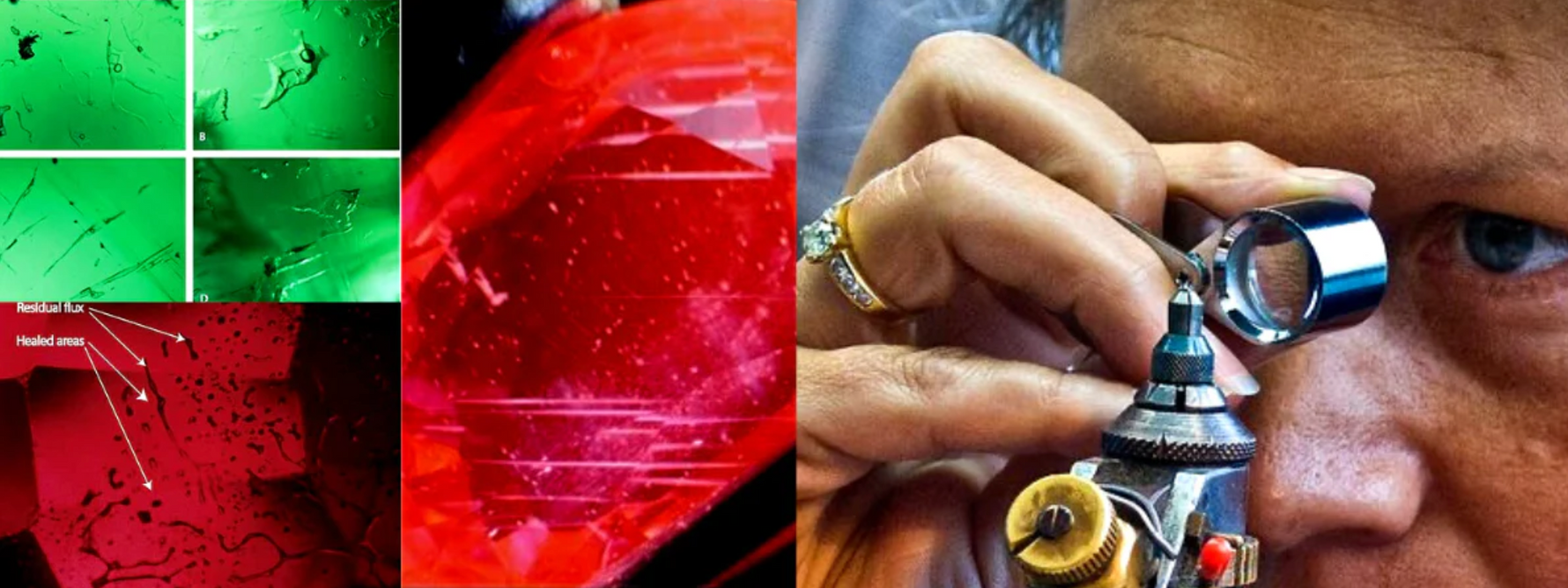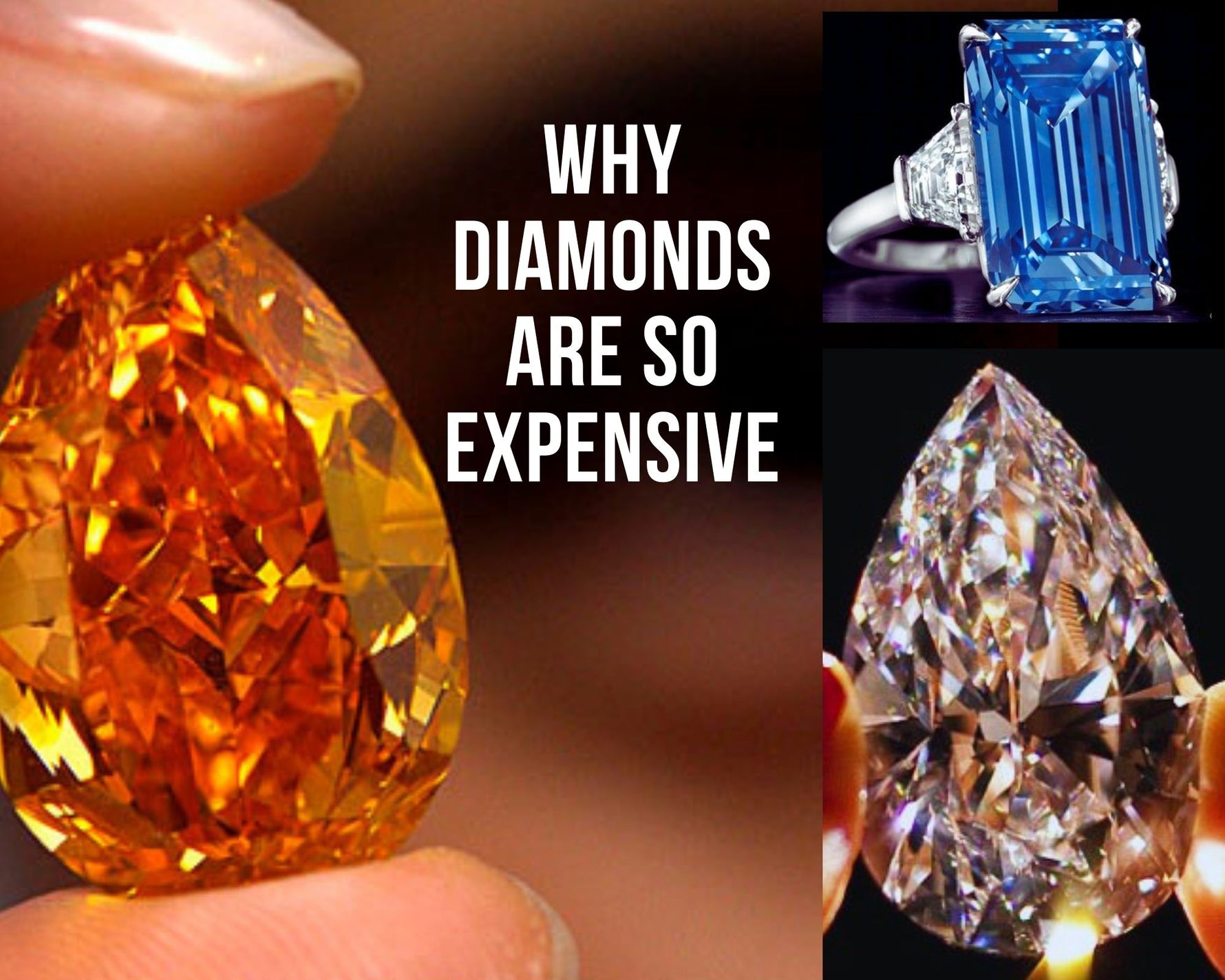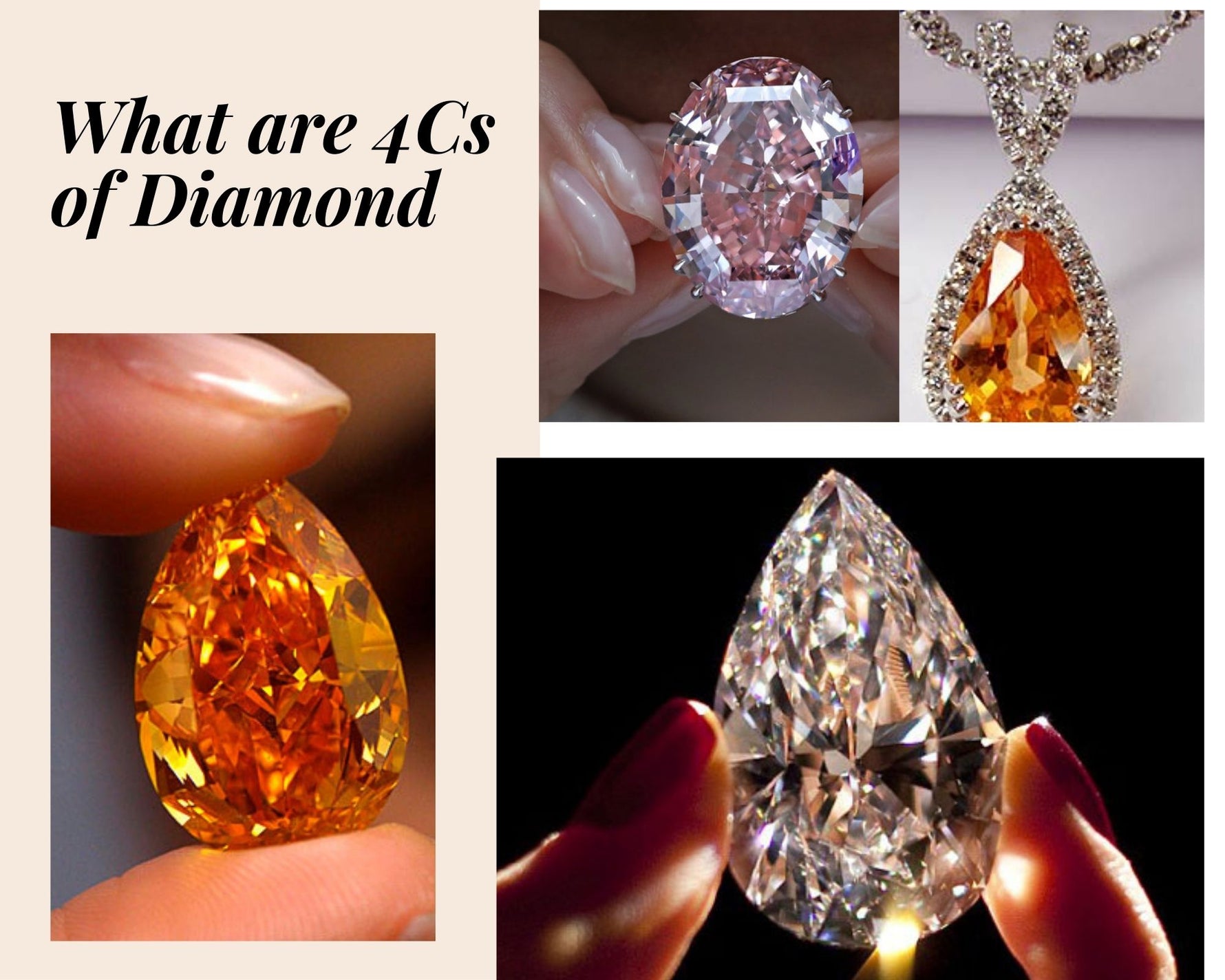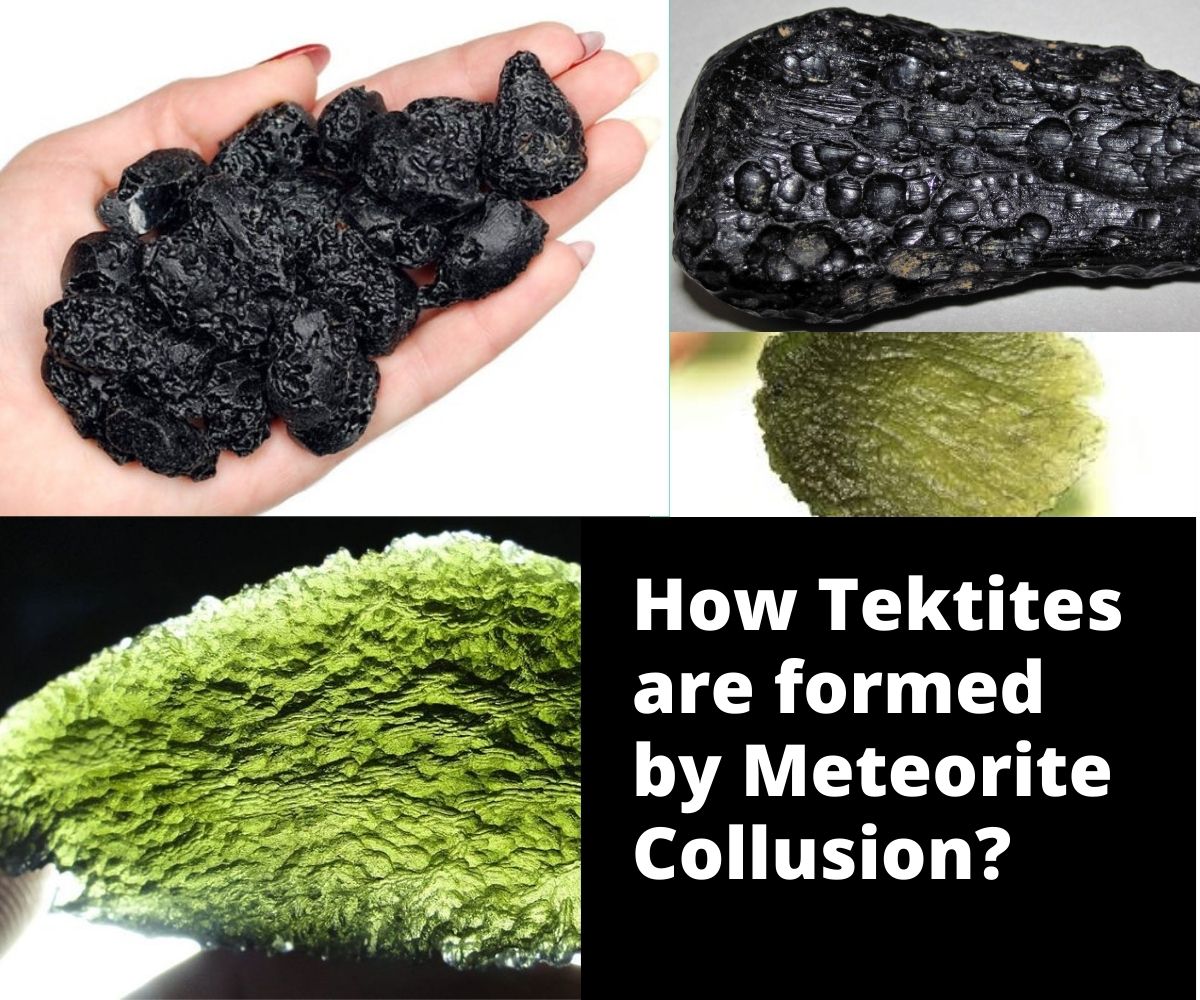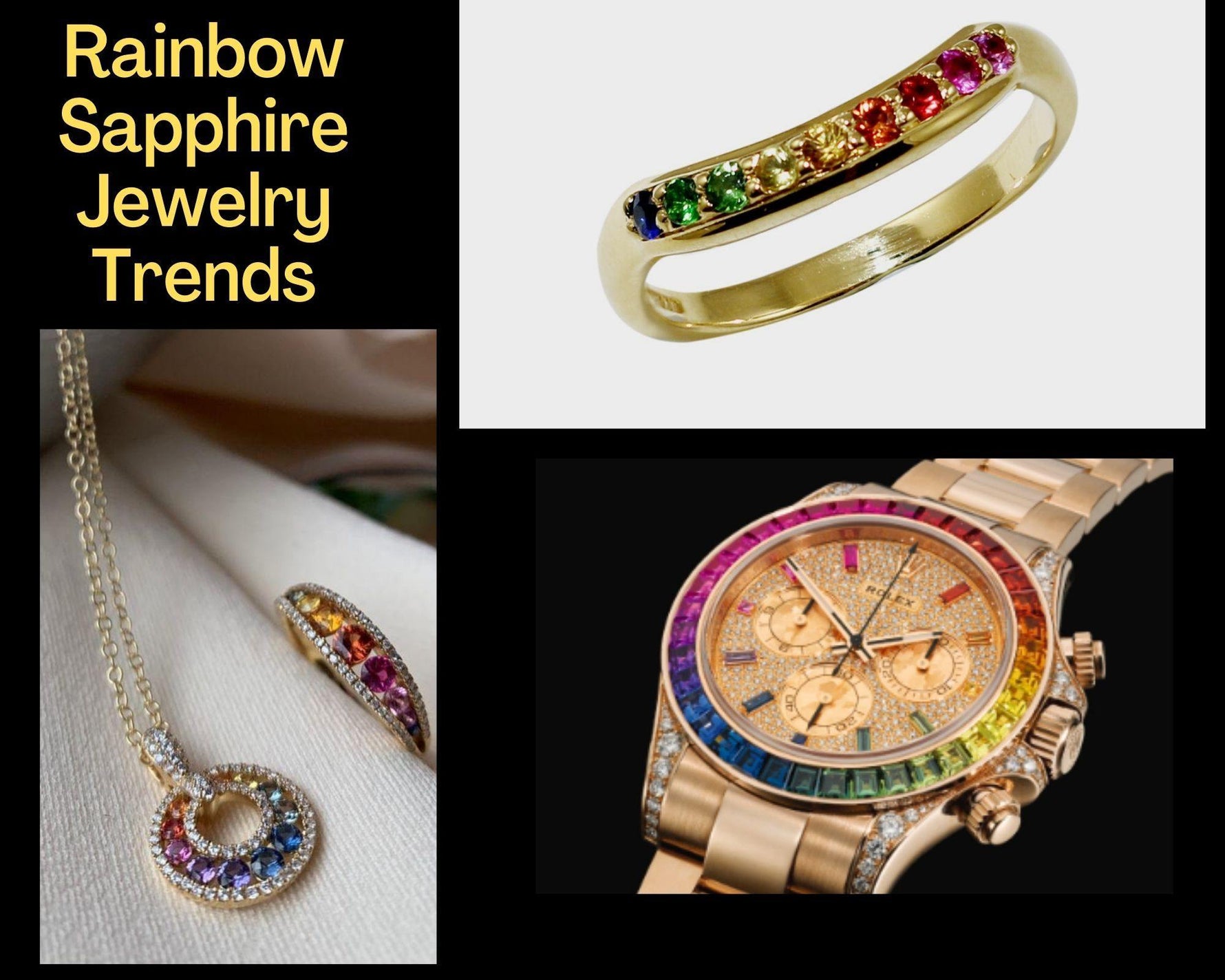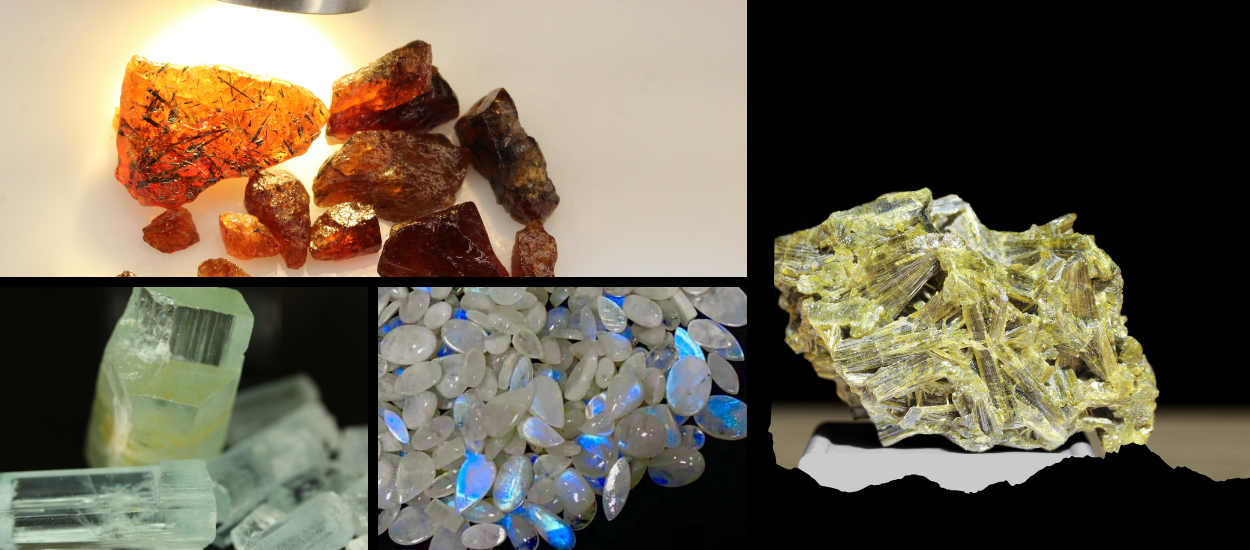Exploring Gemstone and Mineral Identification: A well explained study about Internal Observations of Inclusions
Understanding the complexities of Gemstone Identification through Internal Inclusions
Gemstones and minerals have long been prized for their beauty and rarity, making them objects of fascination for scientists and enthusiasts alike. Today, we delve into the intricate world of internal observations of inclusions, shedding light on the characteristics that define these precious stones.
### External Mineral Observation: The Foundation of Stone Quality
External observation methods, such as cut, polish, scratch, abrasion, and pits, play a crucial role in judging the quality of gemstones. However, our focus in this article lies on internal observation, a method intricately linked to the various types of inclusions within stones.
### Unveiling the World of Inclusions
**What is Inclusion?**
Inclusion, in the context of gemstones and minerals, refers to any material trapped within the stone during its formation under high pressure and temperature. This material can be another mineral, an element in various states (solid, liquid, gas), fractures, and more. The discovery of new inclusion types is an ongoing process, expanding the list of known inclusions in gemstones.
**Types of Inclusions: A Glimpse into the Hidden World**
Researchers have identified several types of inclusions, each offering unique insights into the nature and authenticity of gemstones. Some notable examples include:
1. **Bubbles:** Typically found in gas bubbles.
2. **Needles:** Resembling needles or fibers, found in tourmaline, quartz, ruby, and sapphire.
3. **Silk:** Needle-like structures resembling silk feathers, commonly found in ruby and sapphire.
4. **Crystal:** Solid crystals within the mineral.
5. **Cleavage Fault:** Internal cracks, often found in Kunzite, diamonds, and topaz.
6. **Rain:** Dash-like lines.
7. **Color Zoning:** Uneven distribution of color in gemstones, frequently observed in corundum and amethyst.
8. **Dendritic:** Internal natural scenery resembling moss-agate.
9. **Halo or Disk:** Small fractures resulting from the growth of crystals inside the host stone.
10. **Twinning:** Parallel cracks, crucial for authenticating stones.
11. **Veils:** Small bubbles.
### Identifying Inclusions: Imperfections that Validate Authenticity
While inclusions may be considered imperfections, they play a pivotal role in identifying the authenticity of gemstones. They act as markers, distinguishing natural stones from their synthetic counterparts. Although inclusions can sometimes weaken a stone, they can also enhance its beauty, as seen in minerals like petroleum quartz or pyrite inside lapis.
### Types of Inclusions: Solid, Liquid, and Gas
Minerals commonly exhibit three types of inclusions: solid, liquid, and gas.
**Solid Inclusions:** These can manifest as needles, fibers, or crystals. Examples include rutile or tourmaline needles in rutile quartz, calcite crystals in emerald, olivine in diamond, and apatite in sapphire.
**Liquid Inclusions:** Shiny fingerprints are a form of liquid inclusion. Heat treatment can reduce these inclusions, but they are not as common. Liquids typically transform into gas or vapor during the mineral's cooling process.
**Gas Inclusions:** Present in the form of bubbles, gas inclusions occur during the solidification of melted substances. The shape of bubbles can help differentiate between natural and synthetic stones.
### Classification of Gem and Mineral Inclusions: Phases Unveiled
Inclusions can exist in various phases, indicating the coexistence of different materials within a stone.
1. **Single Phase Inclusion:** Primarily solid, with gases occasionally found in glasses or synthetic stones.
2. **Two-Phase Inclusion:** Exhibiting two types of inclusions, such as solid and liquid.
3. **Three-Phase Inclusion:** Presenting three types of inclusions, often visible through UV light.
4. **Multiphase Inclusion:** A rare phenomenon with combinations of more than three phases, showcasing a variety of inclusions.
### Inclusions in Natural vs. Synthetic Gemstones
Distinguishing natural gemstones from synthetic ones relies on the presence of specific inclusions.
**Inclusions in Natural Gemstones:**
- Needles
- Crystals
- Fluids
- Clous
- Imperfect bubbles
- Rutile hairs
- Tourmaline hairs
- Silk fingerprints
- Twinning
**Inclusions in Synthetic Gems:**
- Bubbles
- Fingerprints
### Tips for Viewing Inclusions
- Utilize optimal lighting conditions.
- Employ a polariscope for testing.
- Use UV light or fluorescent light for enhanced visibility.
- Leverage a loop or mini microscope.
- View the gemstone from various angles for a comprehensive examination.
In conclusion, understanding the world of gemstone and mineral inclusions is a fascinating journey that requires a keen eye and knowledge of diverse inclusion types. Inclusions, often seen as imperfections, serve as the keys to unlocking the authenticity and beauty of these precious stones. As research continues, the list of inclusion types evolves, providing gemologists and enthusiasts with new insights into the geological history of these captivating treasures.



